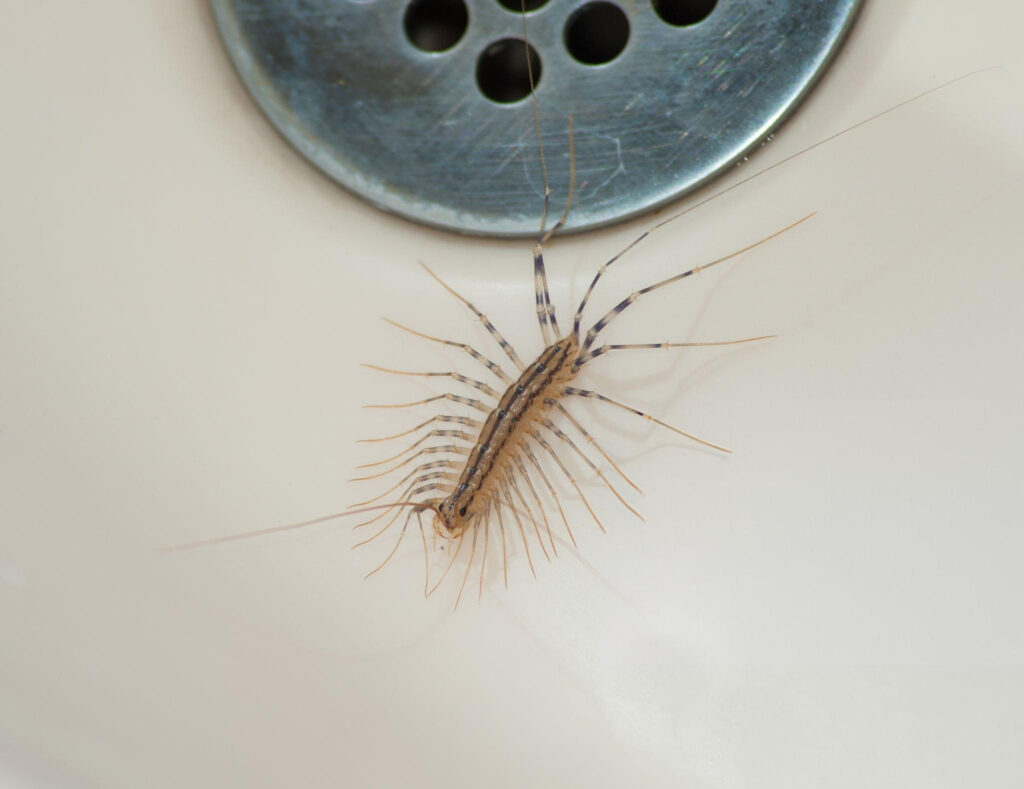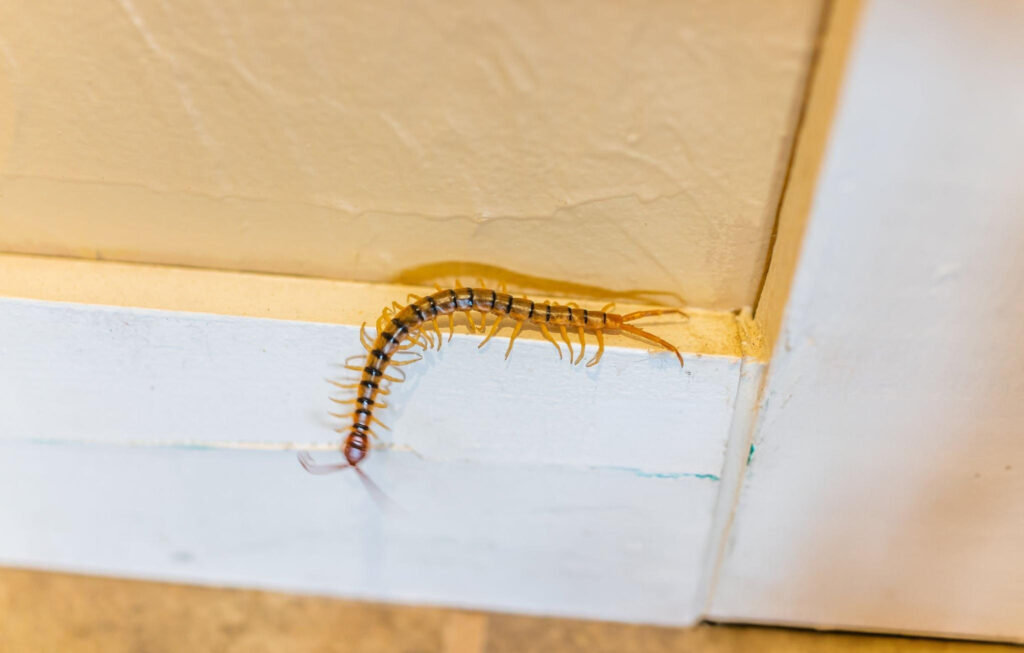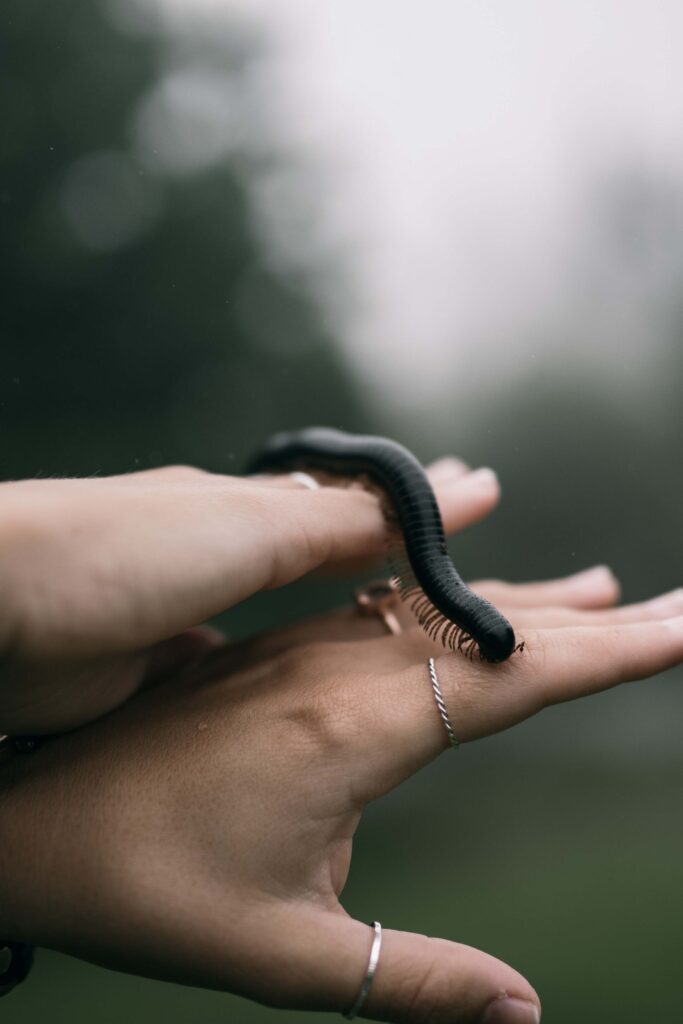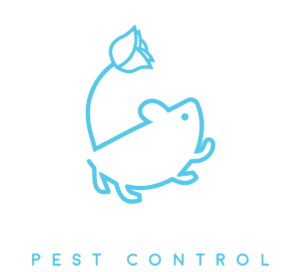Centipedes & Millipedes Control
Centipedes & Millipedes: In Your Home
OK, so the stuff of horror just legged it across your living room before breakfast, but before you load up the minivan and torch the place, take a breath. You’re still in a safe place.
The Dangers House Centipedes and Millipedes Pose
The good news is that house centipedes and millipedes are harmless to humans. They may look like tiny monsters, but neither poses a significant danger to your health. Here’s what you need to know:


House Centipedes
- Not harmful to humans: House centipedes have venomous claws they use to paralyze their prey (other insects), but they’re not a threat to people or pets. Bites are extremely rare and usually only result in mild irritation.
- Silent pest controllers: House centipedes actually do you a favor by eating more problematic pests like spiders, cockroaches, termites, and silverfish.
Millipedes
- Completely harmless: Millipedes are not venomous and do not bite. The most they might do is release a mild, unpleasant odor when threatened.
- Nature’s recyclers: Millipedes feed on decaying plant matter, helping break down organic material. They’re much more interested in your garden than your food.
How Do House Centipedes and Millipedes Get Inside?
These critters don’t need a formal invitation to crash your home—they’re often drawn inside by the right conditions. Here’s how they slip past your defenses:
- Cracks and crevices: Both centipedes and millipedes sneak in through small gaps around doors, windows, and foundations.
- Dampness and humidity: If you’ve got moisture problems in your home, you’re essentially rolling out the red carpet for centipedes and millipedes.
- Other pests: Centipedes follow their food, so if you have a roach or spider problem, expect house centipedes to make an appearance.
- Decaying organic matter: Millipedes are drawn to compost, mulch, or leaf piles near your home, and from there, it’s just a short trip inside.
What Attracts House Centipedes and Millipedes to Your Home?
Is your home playing host to centipedes or millipedes? It might be, if you’ve got any of these irresistible conditions:
- Moisture-rich environments: Leaky pipes, standing water, and high humidity areas like basements are perfect hangouts for both pests.
- Plenty of prey: Centipedes are predatory insects, so a thriving population of spiders, silverfish, or roaches could lure them indoors.
- Decaying plant matter: Millipedes feed on decomposing organic material, so outdoor compost bins, mulch, or dead leaves can draw them in.
- Dark, undisturbed spaces: Both pests love to hide in dark, damp places where they won’t be disturbed—think crawl spaces, attics, and basements.
5 Intriguing Facts About House Centipedes and Millipedes
- Centipedes have up to 15 pairs of legs and can move up to 16 inches per second, making them one of the fastest insects you’ll encounter indoors.
- Millipedes have two pairs of legs per body segment and can have as many as 750 legs in total—though most have fewer.
- House centipedes can regrow legs after losing them, a handy trick for escaping predators.
- Centipedes don’t need to drink often, getting most of their moisture from the prey they consume.
- Centipedes can live up to six years, while millipedes can survive for up to 10 years under the right conditions.
Tips for Controlling House Centipedes and Millipedes
If you’re ready to reclaim your home from these multi-legged invaders, here’s how to do it:
- Reduce moisture: Fix leaks, run dehumidifiers, and ensure proper ventilation in basements and bathrooms.
- Seal entry points: Check for cracks around windows, doors, and the foundation, and seal them up.
- Clean up clutter: Remove piles of leaves, wood, and other debris around your home’s exterior that attract millipedes.
- Keep food sealed: Store food properly to prevent other pests (like roaches and flies), which will in turn attract centipedes.
- Use sticky traps: Place traps in dark corners and around baseboards to catch centipedes and millipedes.

Why You Should Let Professionals Handle House Centipedes and Millipedes
Though house centipedes and millipedes aren’t dangerous, no one likes the idea of sharing their home with them. Both pests can be tricky to fully eliminate, especially if they’re thriving due to underlying moisture issues or an infestation of other pests. That’s where Pasadena Pest Control comes in.
Our team of experts can identify the root of the problem and implement targeted solutions to get rid of house centipedes, millipedes, and any other pests that may be attracting them. We’ll make sure your home is free of these unwelcome visitors—and keep it that way.
Let Us Do the Legwork
You don’t have to live with house centipedes scurrying across your floors or millipedes inching along your walls. Let Pasadena Pest Control take the next steps.
Home Protection Plan
This pest is considered a “General Pest” and is covered under our General Pest Home Protection Plan. For more information on our Home Protection Plan, see here.
Call Pasadena Pest Control—Because Chasing Roaches at 2 A.M. is So Last Season
Let’s face it, chasing down oriental roaches in your basement at midnight is not how you want to spend your time. Call Pasadena Pest Control, and we’ll handle these pests faster than you can say, “Why does my house smell like old gym socks?” Time to get serious about your roach problem—give us a shout today!
